
Spiny softshells also grow to large size as adults, thus consideration of their eventual needs should be taken into account before acquiring one. Maintaining good water quality is key to keeping healthy softshell turtles. Sand substrates should be provided so that spiny softshells can bury themselves, yet reach the surface to breathe using their long neck.
Filtration is essential, although bottom filters may be quickly clogged with sand. Basking sites can be constructed from plastic egg crates, as these can be placed at a slanting angle into the water and allow the turtle to choose whether to emerge completely from the water or bask partially submerged. A basking light that provides warmth, of at least 80 degrees Fahrenheit as well as multi-spectrum lighting, is also important. In the wild, spiny softshells often bask on sandbars within inches of the water’s edge.
Spiny softshells, like other softshells, may injure each other when kept together or with other species of turtles.
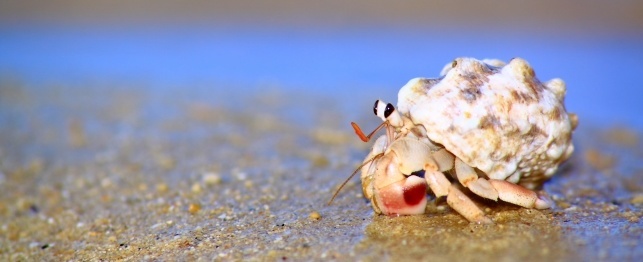 Choosing a Hermit Crab
Choosing a Hermit Crab
Choosing a Hermit Crab
Choosing a Hermit Crab
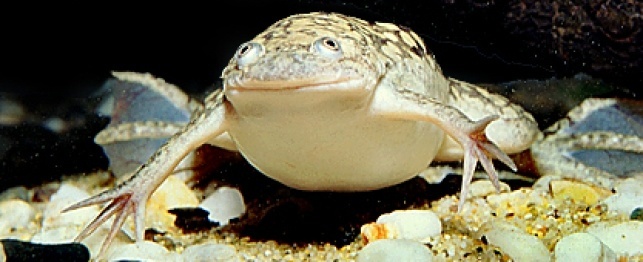 Choosing an African Clawed Frog (Xenopus)
Choosing an African Clawed Frog (Xenopus)
Choosing an African Clawed Frog (Xenopus)
Choosing an African Clawed Frog (Xenopus)
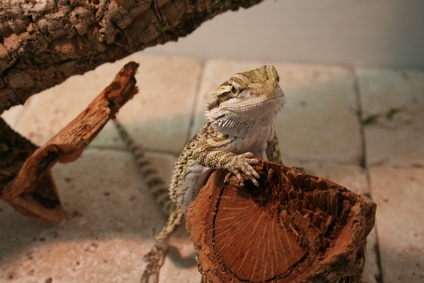 How to Care for a Baby Bearded Dragon
How to Care for a Baby Bearded Dragon
How to Care for a Baby Bearded Dragon
How to Care for a Baby Bearded Dragon
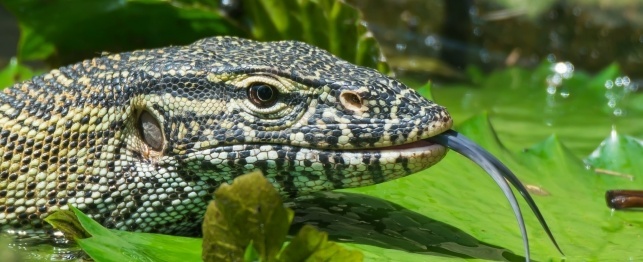 Choosing a Nile Monitor
Choosing a Nile Monitor
Choosing a Nile Monitor
Choosing a Nile Monitor
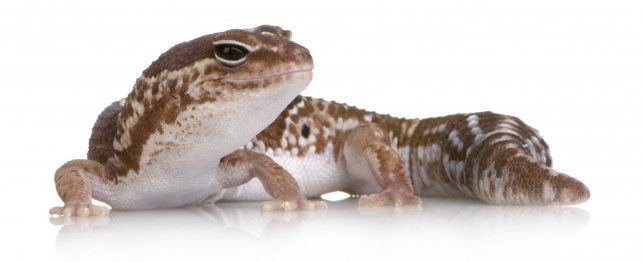 Choosing a Fat-Tailed Gecko
Choosing a Fat-Tailed Gecko
Choosing a Fat-Tailed Gecko
Choosing a Fat-Tailed Gecko
Copyright © 2005-2016 Pet Information All Rights Reserved
Contact us: www162date@outlook.com